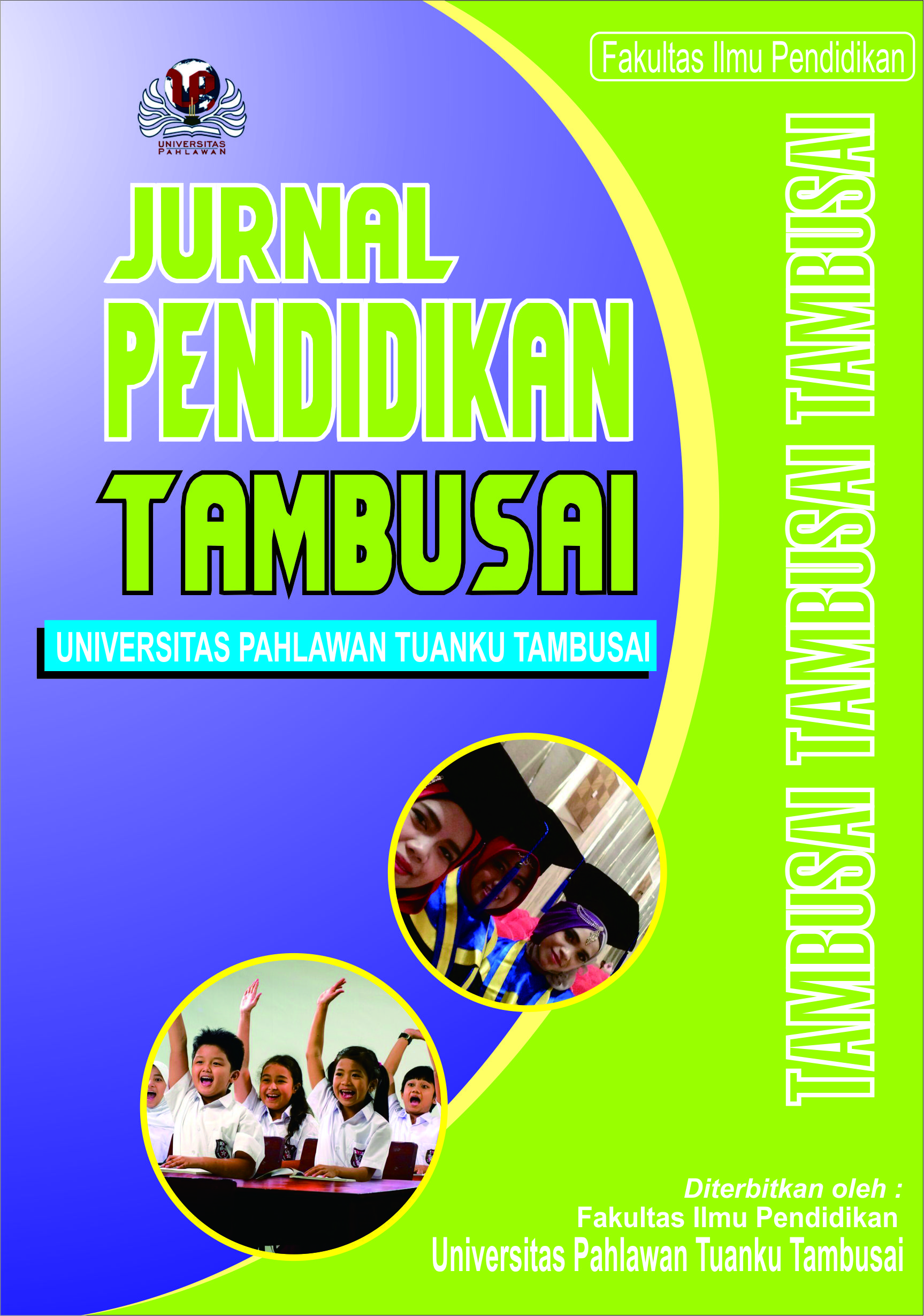Pengaruh Talking Stick terhadap Kemampuan Berpikir Kritis pada Mata Pelajaran IPS Kelas VI SD Negeri Madyotaman No.38 Surakarta Tahun Ajaran 2023/2024
DOI:
https://doi.org/10.31004/jptam.v8i1.14259Keywords:
Talking Stick, Berpikir Kritis, Ilmu Pengetahuan SosialAbstract
References
Ahmatika, D. (2017). Peningkatan Kemampuan Berpikir Kritis Siswa Dengan Pendekatan Inquiry/Discovery. Euclid, 3(1), 394–403. https://doi.org/10.33603/e.v3i1.324
Ahmad Susanto. 2015. Teori Belajar dan Pembelajaran di Sekolah Dasar. Edisi Pertama. Jakarta: Prenadamedia Group.
Anggraeni, N., Rustini, T., Wahyuningsih, Y., & Indonesia, U. P. (2022). Keterampilan Berpikir Kritis Siswa Sekolah Dasar Pada Mata Pelajaran Ips Di Kelas Tinggi. 8(1), 84–90.
Anisa S. 2018. “Model Pembelajaran Talking Stick Dalam Meningkatkan Keterampilan Mengkomunikasikan Pembelajaran Sejarah Bagi Peserta Didik.” Pendidikan1–6.
Arikunto, suharsimi. (2018). Dasar-Dasar Evaluasi Pendidikan. Jakarta: Bumi Aksara
Belajar, H., & Siswa, I. P. S. (2022). 3 1,2,3. 08.Puspita, V., Parma Dewi, I., Taratak Paneh No, J., Korong Gadang Kecamatan Kuranji, K., Padang, K., kunci, K., Berfikir Kritis, K., & Investigasi Matematika, P. (2021). Efektifitas E-LKPD berbasis Pendekatan Investigasi terhadap Kemampuan Berfikir Kritis Siswa Sekolah Dasar.
Dadang Supardan. 2015. Pembelajaran Ilmu Pengetahuan Sosial Perseptif Filosofi dan Kurikulum. Jakarta: Bumi Aksara.
Etin Solihatin dan Raharjo. 2012. Cooperating Learning Analisis Model Pembelajaran IPS. Jakarta: Bumi Aksara.
Fajrin, O. A. (2018). Pengaruh Model Talking Stick terhadap Hasil Belajar IPS Siswa SD. Jurnal Bidang Pendidikan Dasar. https://doi.org/10.21067/jbpd.v2i1a.2353
Khoerunnisa, P., & Aqwal, S. M. (2020). Analisis Model-model Pembelajaran. Fondatia, 4(1), 1–27. https://doi.org/10.36088/fondatia.v4i1.441
Sugiyono, P. D. (2017). Metode Penelitian Kuantitatif. ALFABETA, cv.
Downloads
Published
How to Cite
Issue
Section
Citation Check
License
Copyright (c) 2024 Fiqih Islamudin

This work is licensed under a Creative Commons Attribution-ShareAlike 4.0 International License.
Authors who publish with this journal agree to the following terms:
- Authors retain copyright and grant the journal right of first publication with the work simultaneously licensed under a Creative Commons Attribution License that allows others to share the work with an acknowledgement of the work’s authorship and initial publication in this journal.
- Authors are able to enter into separate, additional contractual arrangements for the non-exclusive distribution of the journal’s published version of the work (e.g., post it to an institutional repository or publish it in a book), with an acknowledgement of its initial publication in this journal.
- Authors are permitted and encouraged to post their work online (e.g., in institutional repositories or on their website) prior to and during the submission process, as it can lead to productive exchanges, as well as earlier and greater citation of published work (See The Effect of Open Access).



